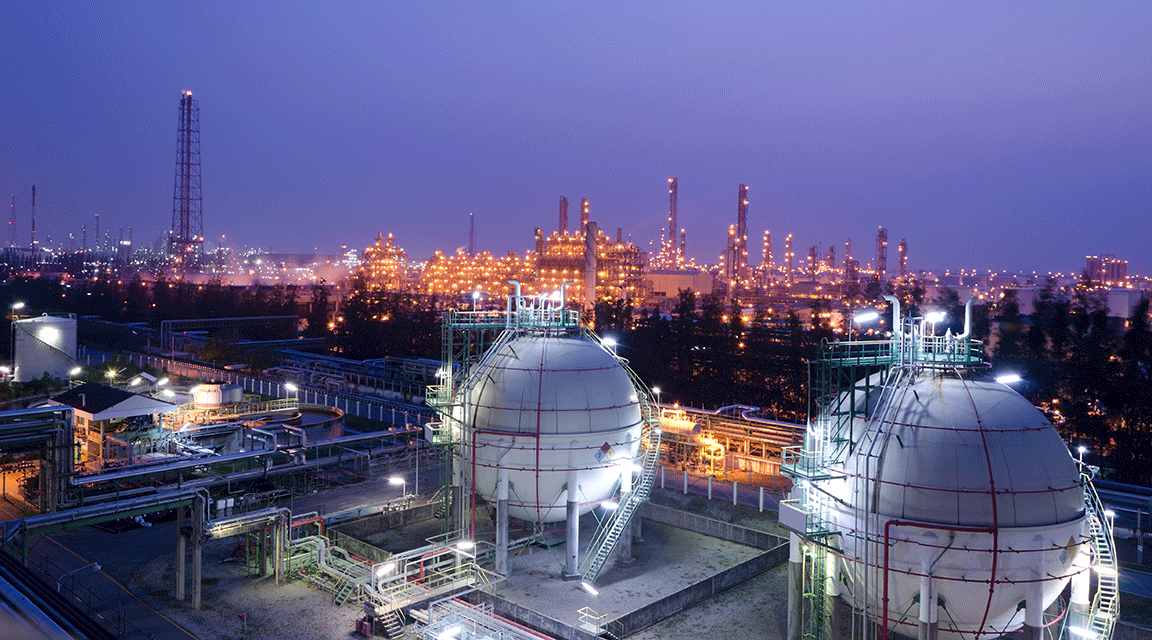

Saudi Aramco’s revamp of its board of directors in May is a sure sign of how the state energy giant views its future. The new board includes former senior executives from international oil and chemicals companies and points to a new focus on downstream.
The new members include former Chevron Philips Chemical Company CEO Peter Cella, former chair and CEO of Sunoco Incorporated Lynn Laverty Elsenhans, and Dow Chemical Company CEO Andrew Liveris. Dow is notably also a partner with Aramco in the Sadara Chemical Company, a $20bn plant on the Gulf coast at Jubail.
The combined experience of these new memebers will be invaluable as Aramco seeks to raise its global refining capacity to 8-10 million barrels a day (b/d), up from its present 5.4 million b/d, as part of its plans to ensure a captive market for its crude. The company has also been driving downstream integration through new refineries and petrochemicals plants in key demand growth areas, or with cheap feedstock, in order to cement its role as a major product exporter in the coming decades.
In April, the energy giant signed an initial deal to jointly develop a giant $44bn refinery and petrochemicals complex on India’s west coast, and is also eyeing the US petrochemicals market with plans for a complex at the 603,000 b/d Port Arthur refinery in Texas. Domestically, it has also signed a $5bn agreement with Total to build a new integrated petrochemicals complex at Jubail.
Crude to chemicals
Aramco has allocated $20bn for the development of a crude-to-chemicals plant by 2025 in a joint venture with Saudi Basic Industries Corporation. The 400,000 b/d facility will convert crude oil directly to petrochemicals — bypassing the refining process in a first for the region.
Of course, the downstream expansion is heavily dependent on Aramco’s ability to maintain its massive crude oil production capacity of some 12 million b/d. Despite the fall in oil prices, Aramco is continuing to pump money into upstream developments.
Aramco has embarked on an ambitious spending plan of $414bn for the next 10 years as the state-owned oil giant seeks to maintain its oil production capacity and boost its natural gas supplies. Nearly half the spending plan will focus on an aggressive drilling programme to grow its reserves.
Replacing facilities
The latest contract signed by Aramco was with US engineers McDermott for the building of facilities worth more than $750m at the 1.5 million b/d offshore Safaniya field, the largest producing offshore field in the world. The brownfield project is part of Aramco’s campaign to replace ageing facilities to enhance output and increase offshore production levels by 1 million b/d by 2023 in order to compensate for production declines at its older onshore fields. The giant Ghawar field, for example, has been Saudi Arabia’s workhorse for more than 60 years.
The contract follows a major deal signed with Italy’s Saipem for 19 new platform jackets at the Marjan, Zuluf, Berri, Hasbah and Safaniya offshore oil fields.
Amec Foster Wheeler is currently designing new facilities at the 270,000 b/d Marjan field, which will deliver an additional 300,000 b/d oil-gas separation train.
At Zuluf, Aramco signed a project management contract with Jacobs Engineering for facilities to process 600,000 b/d of Arab heavy crude. The deal includes water injection and oil wellhead platforms, along with an onshore central processing facility.
For all its oil wealth, the kingdom has a relatively weak domestic gas market and instead relies on massive quantities of crude and fuel oil for power generation, especially in the sweltering summer months. It burned an average of 458,000 b/d of crude last year, according to the Riyadh-based Joint Organisations Data Initiative — barrels that could have been exported.
The country processed an all-time high of 12 billion cubic feet a day (cf/d) of raw gas in 2016, producing 8.3 billion cf/d of sales gas, up from about 8 billion cf/d of sales gas in 2015, according to its annual review last June.
Gas plants
Aramco is neverthelsss building several massive gas processing plants, and in the longer term hopes to move into unconventional resources. It signed a contract with oil field services giant Halliburton in June for unconventional gas stimulation services. The contract includes major hydraulic fracturing and well intervention operations in three areas of the kingdom – North Arabia, South Ghawar in the Eastern Province and the Jafurah basin in the Rub al-Khali (Empty Quarter) in the southeast.
Saudi Arabia holds the world’s fifth-largest gas reserves, with more than 300 trillion cubic feet, according to the US Energy Information Administration. But the sector remains underdeveloped, largely as a result of generous energy subsidies that have kept domestic gas prices artificially low.
Questions also remains as to whether the unconventional gas resources are recoverable at a low enough cost to make production viable. Liquid fuels continue to account for half of the current energy mix. The government hopes to increase the share of gas used to 70 per cent over the next 10 years, nearly doubling its current gas production to 23 billion cf/d by 2026.

This article is extracted from a report produced by MEED and Mashreq titled The Future of Middle East Energy. Click here to download the report
You might also like...

TotalEnergies to acquire remaining 50% SapuraOMV stake
26 April 2024

Hyundai E&C breaks ground on Jafurah gas project
26 April 2024

Abu Dhabi signs air taxi deals
26 April 2024

Spanish developer to invest in Saudi housing
26 April 2024
A MEED Subscription...
Subscribe or upgrade your current MEED.com package to support your strategic planning with the MENA region’s best source of business information. Proceed to our online shop below to find out more about the features in each package.






